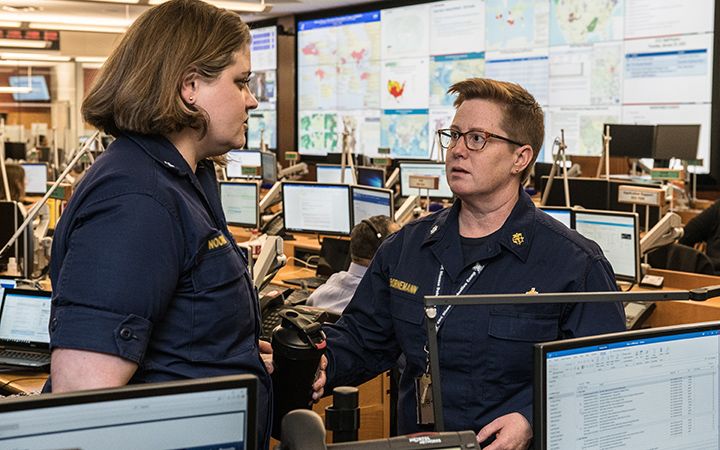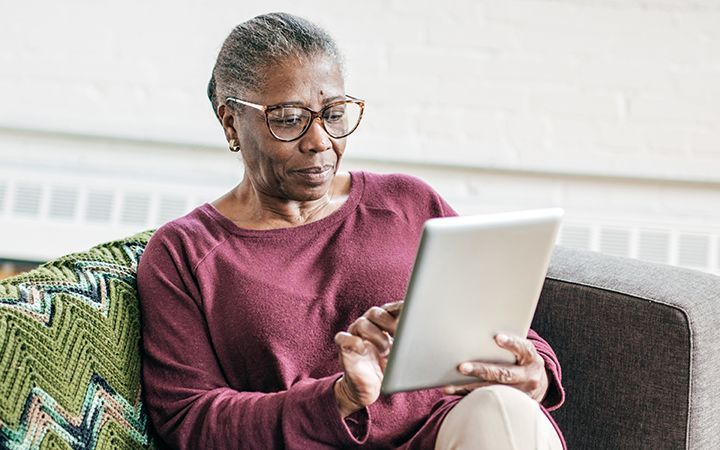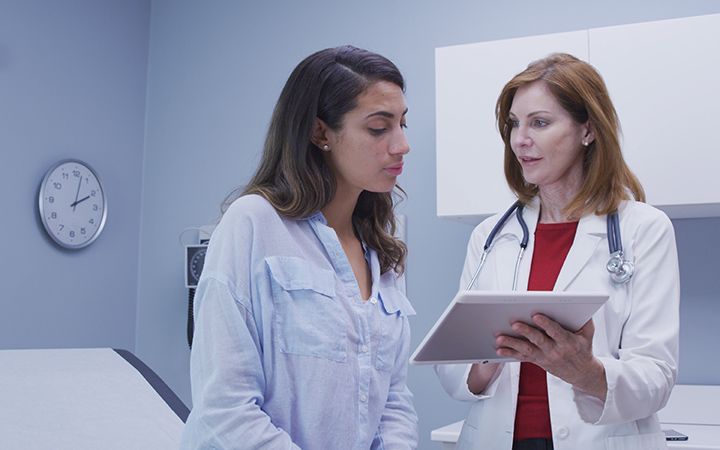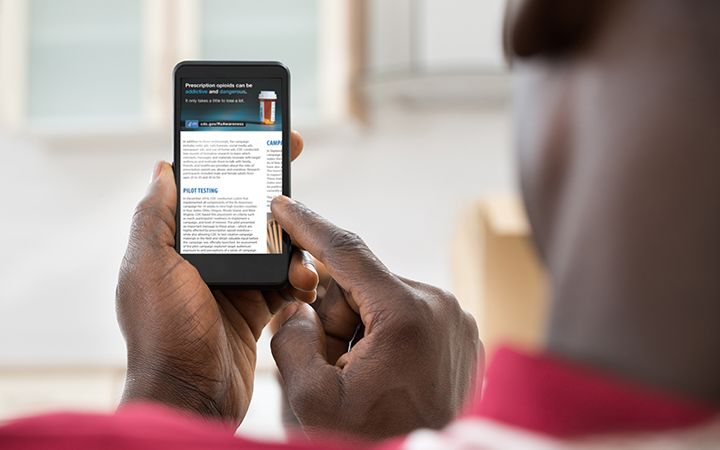Public health
Driving public health solutions with innovative technology and expertise
Solutions for your most ambitious public health projects

Training and technical assistance
We empower clients with the skills and capabilities needed to effectively meet health service objectives, ensuring measurable outcomes.

Health surveillance
We build and maintain the nation’s most critical health surveillance systems that provide real-time monitoring of health issues and delivery of reliable data, which enables timely and informed decision-making.
Discover how CDC modernized Biosense to provide real-time data access and strengthen public health monitoring.

Survey research and evaluation
We design and implement rigorous research approaches that ensure accurate data collection and analysis, delivering studies on time and within budget.

Translation and dissemination
Timely and accurate translation of complex data into actionable insights is key. We support agencies in disseminating critical health information to those in greatest need, ensuring data is both accessible and impactful.
Public health domains
Substance abuse and mental health
- Opioids
- Smoking and vaping
- Marijuana
- Suicide prevention
- PTSD and veterans
Chronic health conditions and infectious diseases
- Diabetes and obesity
- Cancer
- Traumatic brain injury
- Infectious diseases, including malaria
- Sexually transmitted diseases, including HIV
Environmental health
- Human health risk assessment
- Exposure assessment
- Chemicals and pathogens in the environment
Our public health work
Featured experts
Upcoming events
Related industries, solutions, and services

